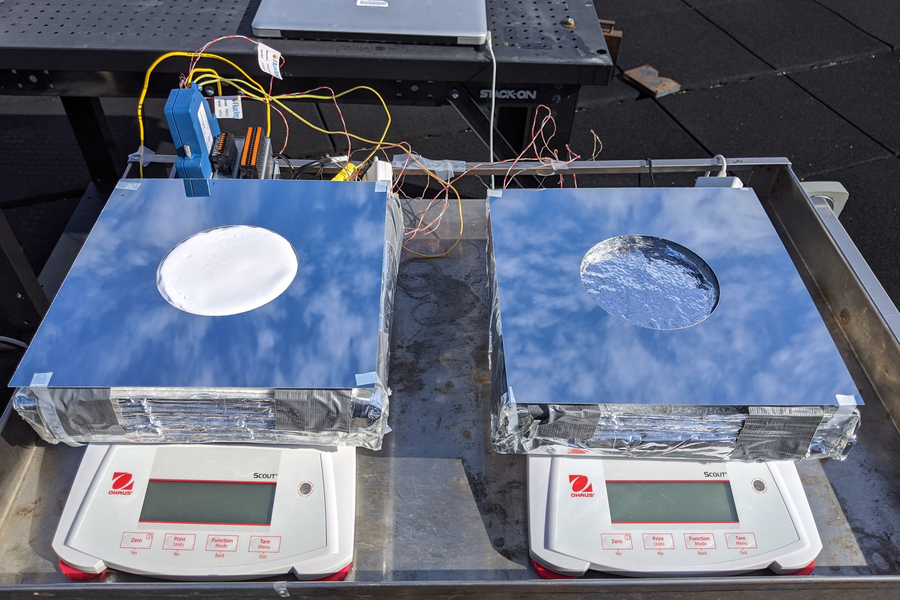Global warming is smashing temperature records all over the world. So is the need of electricity to satisfy power-hungry air conditioning systems. But even today, there are places in the hottest countries where required infrastructure to power such setups is still lacking.
Now, Researchers at the MIT have developed an innovative system to achieve passive cooling. This new system provides multiple cooling effects but uses no electricity.
According to the university press release, the post-doctoral researcher Zhengmao Lu and his colleagues have successfully achieved passive cooling up to 19 degrees Fahrenheit (9.3 degrees Celsius).
Concept behind:
MIT researchers designed this system by combining evaporative cooling, radiative cooling, and thermal insulation. This cooling system takes the form of a panel made up of three layers which together provide cooling.
- The top layer of the system is an aerogel. Aerogel allows the water vapor and the reflected infrared rays to pass through. This helps in providing evaporative and radiative cooling.
- The middle layer is a porous hydrogel, composed mostly of water. This supplies the water source for evaporative cooling.
- The bottom layer is very solar-reflective, that reflects any incoming sunlight that has reached it.
For keeping anything cool, this panel can be placed over/around that item. Researchers claimed the technology could be used to store food for 40% longer duration under humid conditions and thrice longer under dryer conditions.







